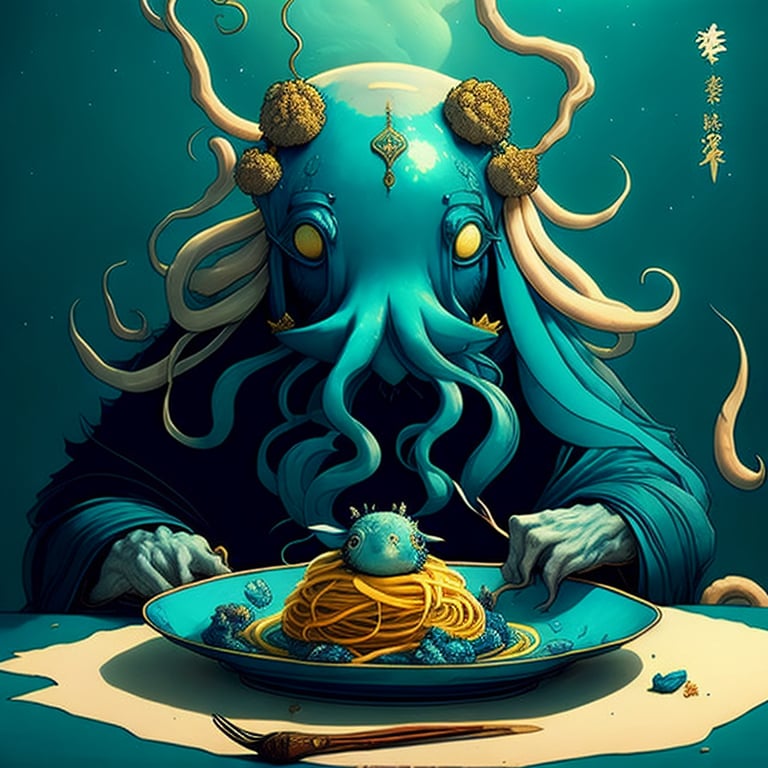Did you just read one of the Bobiverse books? I just searched this like 3 days ago because the Bobs were talking about it.
Not the Bobiverse. I don’t know that series yet. Do you recommend it?
I had to check my history:
Snowball Earth->Tonian->Boring Billion->Purple Earth Hypothesis
The bobiverse is quite enjoyable if you’re looking for some light, good natured space fun. The story is pretty original.
Definitely recommend the series, and the audio books narrated by Ray Porter are excellent as well.
We are legion(We are Bob) For we are many All these worlds Heaven’s River Not till we are lost
By: Dennis E Taylor
Two of the Bobs were talking about a purple planet and said it was due to retinal so I had to look it up.
I love learning that since dawn of time bacteria types would just screw each other in a blood feud cycle of violence and death.
The purple sulfur bacteria provide strong support for the purple Earth hypothesis.
In short, early Earth was largely anoxic. Since the sun’s energy reaches Earth’s surface most efficiently in the green region of the visible spectrum, the most energy-efficient way for early photosynthesizers would have been to absorb green light while reflecting red and blue—resulting in a purple color.
To compete, a new group of organisms evolved that reflected green light and absorbed red and blue to make sugars. This group also produced oxygen, which was toxic to the anoxic purple sulfur bacteria. As the Earth became increasingly oxygenated, these green photosynthesizers outcompeted the purple ones.
Purple sulfur bacteria still exist today but are limited to oxygen-free environments.
This is the coolest thing I’ve learned all month!
It probably even happened multiple times, so Earth went from purple to green, back to purple and then green again. And there’s also been periodes where the Earth was mostly covered in ice, making it appear white, called Snowball Earth.
Geo Girl on YouTube has excellent videos about this topic: https://www.youtube.com/watch?v=5sQPcpsOWzg PBS Eons is a good source for a high level overview as well: https://www.youtube.com/watch?v=IIA-k_bBcL0



